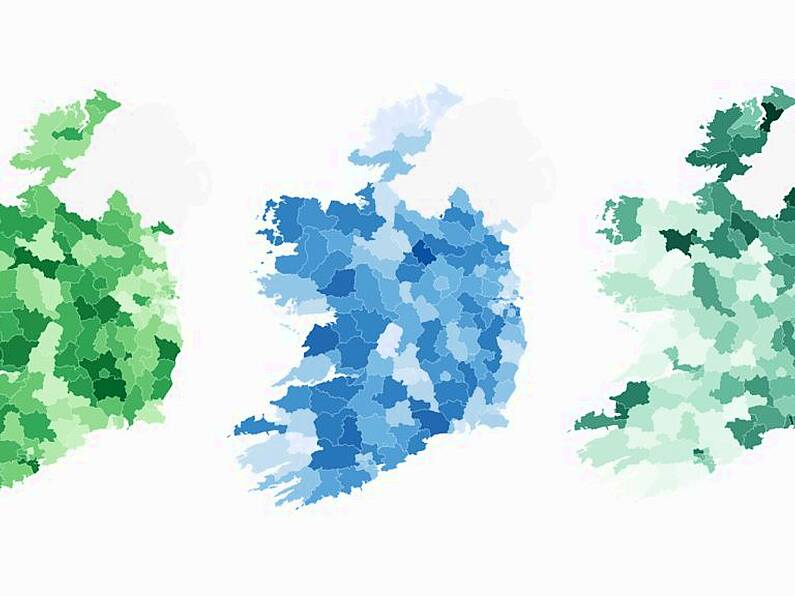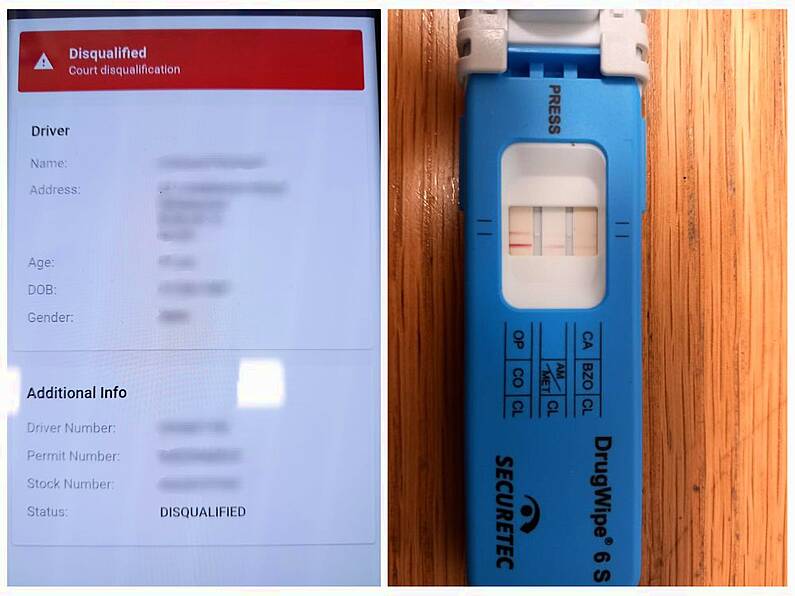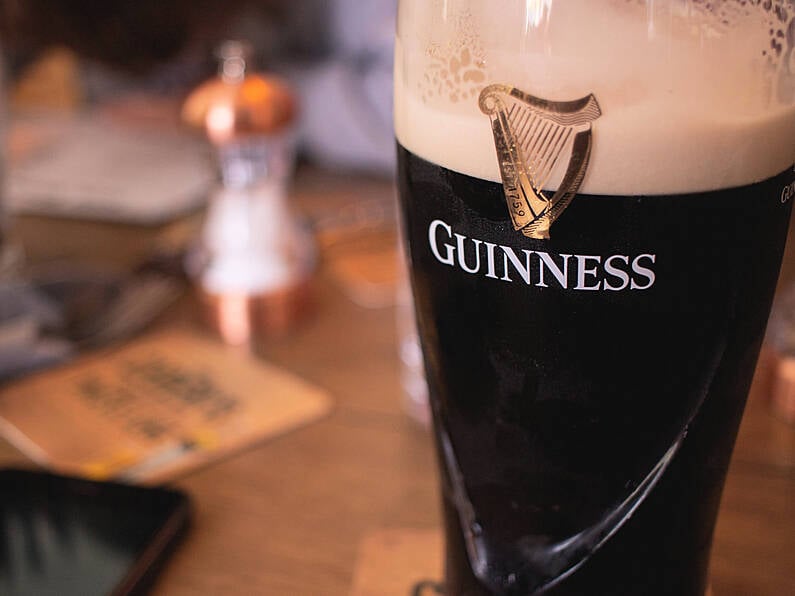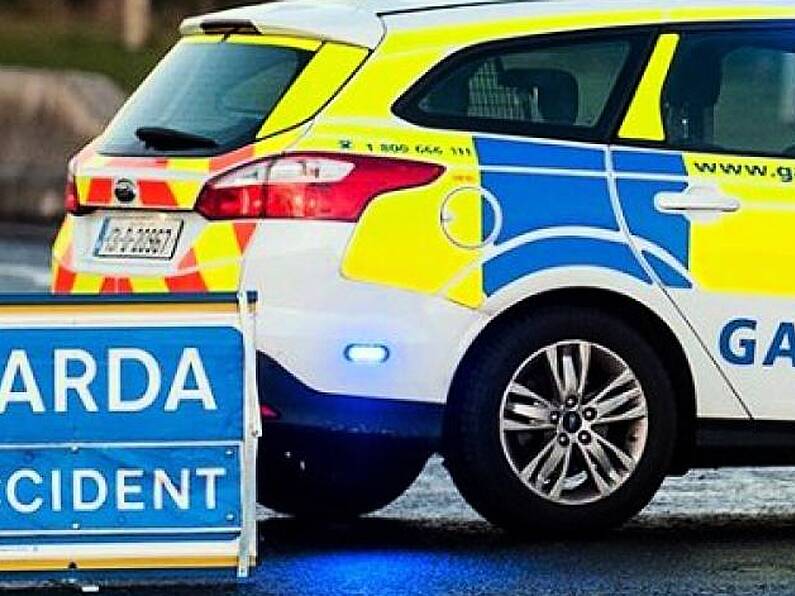Fianna Fáil has emerged as the largest party in local government after an election that defied expectations.
With all councillors now elected after a marathon vote count, Fianna Fáil narrowly won the battle to become the biggest party, securing 248 seats compared to Fine Gael’s 245.
Sinn Féin now has 102 councillors, an increase from the 81 council seats won in 2019, but party leader Mary Lou McDonald has admitted the result fell below expectations.
The Social Democrats gained an extra 16 councillors to reach 35 overall, while new party Independent Ireland secured 23 seats across the country.
The Coalition parties did sustain losses in the local elections, with Micheál Martin’s Fianna Fáil dropping by 31 seats.
The Green Party lost more than half its councillors but leader Eamon Ryan said the party avoided a “wipeout”.
Nonetheless, Fine Gael and Fianna Fáil each attracted about 23 per cent of first-preference votes, a drop on their 2019 result but above what pollsters predicted.
Sinn Féin received just below 12 per cent of first preferences, a dramatic change in fortune for the main opposition party which emerged from the 2020 general election on 24.5 per cent.
The national turnout for the vote was 49.4 per cent, slightly down from 50.2 per cent in 2019. However, this was the first time in the history of the State that more than half of registered voters failed to turn out to vote in a local election.
The interactive maps below show where the parties were strongest in these elections, with the spread of first-preference votes varying across the country and within counties. The tooltip shows the vote share of the party and the change from the last election in 2019.
Fianna Fáil was strongest in counties Offaly, Clare and Kilkenny, and got a 14 percentage-point increase in vote share in Ennis. It also saw support jump in Cork City South West, Waterford City South and Carrigaline, where Seamus McGrath, the brother of Minister of Finance Michael McGrath, was re-elected to his seat with more than 5,000 first-preference votes.
However, the overall Fianna Fáil vote share decreased in every county compared to 2019, including an almost 11-point drop in Cavan, and the party remains well behind rivals in the Dublin local authorities.
The Fine Gael vote was strongest in Longford, Limerick and Dún Laoghaire-Rathdown, where its vote increased by 6 percentage points since the last election. Its best performance was in Stillorgan, where the Fine Gael vote share jumped by more than 14 points to 53 per cent.
The party had a poor result in Donegal, where its share of first-preference votes dropped by 8 percentage points as the 100% Redress party gained four councillors. Fine Gael now has no councillors representing the Inishowen Peninsula.
Sinn Féin fielded its largest-ever number of candidates and saw vote share increase in most areas. The party’s share of first preferences was highest in traditional strongholds along the Border, managing an almost 15 percentage-point jump in support in Buncrana, Co Donegal.
However, the party failed to break through in many rural and western areas where Fianna Fáil and Fine Gael continue to dominate. Its vote share dropped by 17.5 points in Tallaght South as former Sinn Féin councillor Paddy Holohan topped the poll as an Independent.
Sinn Féin also saw its vote share drop slightly (0.3 percentage points) in Co Louth, where former leader Gerry Adams was once a TD.
Aside from the Green Party, which had a two-point drop in national vote share, it was a successful election for smaller parties and Independent candidates.
The Social Democrats were strongest in Kildare and Dublin City, gaining councillors to become one of the largest parties in both local authorities. It also saw a big jump in support in Wicklow and parts of Co Cork.
Aontú more than doubled its number of councillors and topped the poll in Rosslare, Co Wexford.
Independent Ireland, a new right-wing party, gained most support in Co Galway, where it is already the third-largest group on the council behind Fianna Fáil and Fine Gael. Its candidate topped the poll in Cork City North East.
People Before Profit-Solidarity made some small gains in north Dublin, while Labour secured 14 per cent of the first-preference vote share in Fingal.
The Green Party saw support plummet in most areas but managed to hold on to many of its councillors in Dublin. The party also fielded candidates in some rural areas for the first time, getting almost 8 per cent of vote share in Gort, Co Galway, and missing out on a seat in the Dingle Peninsula in Co Kerry.
Several parties with a hard-right, anti-immigration stance took part in the local elections for the first time this year. The Irish People, Irish Freedom Party, National Party and Ireland First together fielded almost 100 candidates across the country, collectively gaining about 1.7 per cent of first-preference votes.
The parties, which ran on a similar socially conservative and anti-immigrant platform, got 7.5 per cent of first-preference votes in Carlow, the only local electoral area where they each fielded a candidate.
The Irish Freedom Party’s candidate in Palmerstown-Fonthill got almost 10 per cent of first preferences, securing the party’s first council seat in South Dublin. The National Party got 7.4 per cent of the vote share in Blanchardstown-Mulhuddart, gaining a seat on Fingal County Council.
The Irish People missed out on a seat on Cavan County Council after its candidate got 8.1 per cent of first preferences in Ballyjamesduff.
By Tomas Doherty
Keep up to date with all the latest news on our website Beat102103.com.






